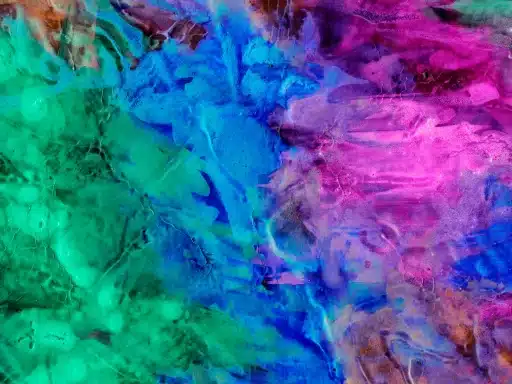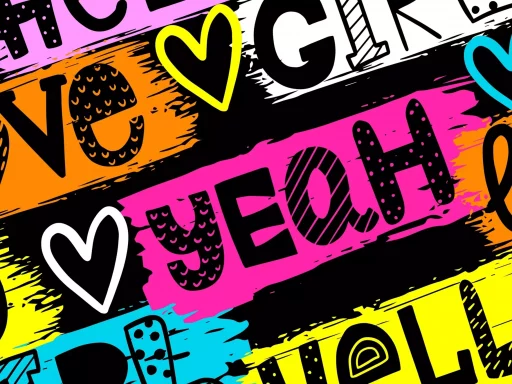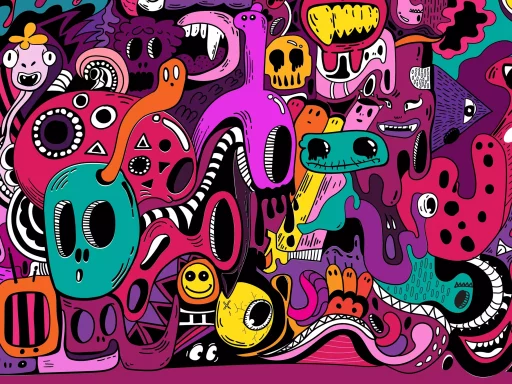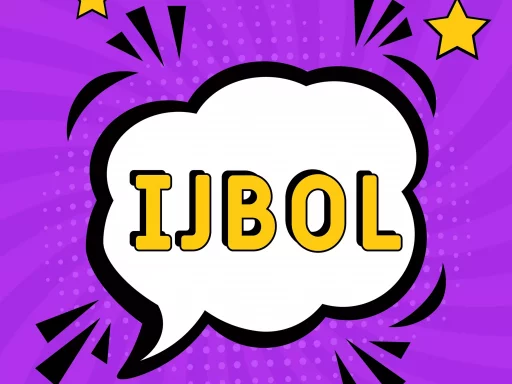Introduction
As technology continues to evolve, so does the way we communicate with one another. One of the most significant shifts in recent years has been the rise of visual communication, particularly through the use of emojis, GIFs, and memes. In this article, we will explore the phenomenon of ‘pic slang’ and its impact on our daily interactions online.
What is Pic Slang?
Pic slang refers to the use of images, graphics, and visual elements to convey meaning in online conversations. Instead of relying solely on text, people are increasingly turning to emojis, GIFs, and memes to express their thoughts, feelings, and reactions.
The Evolution of Communication
Traditionally, communication was predominantly text-based, with words being the primary mode of conveying messages. However, as technology has advanced, so has our ability to communicate visually. Emojis, in particular, have become a popular way to add emotional nuance to text-based conversations.
Examples of Pic Slang
1. Emojis: Emojis are small icons that represent facial expressions, objects, and symbols. For example, a heart emoji can convey love or affection, while a crying emoji can express sadness or grief.
2. GIFs: GIFs are short, looping animations that add movement and humor to conversations. For instance, a GIF of a cat dancing might be used to express excitement or joy.
3. Memes: Memes are images or videos that are shared and modified by users to create humorous or satirical content. They often rely on cultural references and inside jokes to convey meaning.
Case Studies
1. The rise of emojis: According to a study by Emogi, over 92% of online consumers use emojis in everyday conversations. This demonstrates the widespread acceptance and adoption of visual communication in digital discourse.
2. Memes in marketing: Brands such as Wendy’s and Denny’s have successfully leveraged memes in their social media marketing campaigns to engage with younger audiences and create shareable content.
The Impact of Pic Slang
1. Enhanced expression: Visual elements can add context and emotional depth to textual conversations, allowing for more nuanced communication.
2. Cultural relevance: Memes and GIFs often rely on current events and popular culture references, making them highly relatable and engaging for users.
Conclusion
As visual communication continues to gain prominence in online interactions, pic slang has become an integral part of how we communicate in the digital age. By embracing emojis, GIFs, and memes, we are able to express ourselves more creatively and connect with others on a deeper level.






